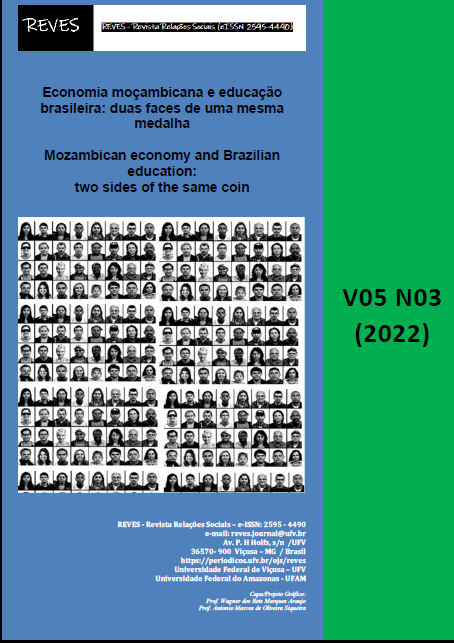The Public Debt Problem in Mozambique
DOI:
https://doi.org/10.18540/revesvl5iss3pp14051-01eKeywords:
Public Debt and Public PolicyAbstract
Most of the analysis on Mozambique's public debt intentionally starts in 2006, although reference is occasionally made to earlier years to highlight trends. The reason for focusing on 2006 is the year when, after Mozambique benefited from the HIPC (Heavily Indebted Poor Countries) and MDRI (Multilateral Debt Relief Initiative) initiatives, which contributed to a return to sustainability of the external public debt. In the period following this initiative, Mozambique's public debt reached an absolute minimum. Before the HIPC and MDRI initiatives, Mozambican public debt reached unsustainable levels in the 1990s, so much so that external debt reached more than 100% and 1000% of GDP and public revenue. The objective of this research is to analyze the factors that determined the rapid growth of Mozambique's public debt from 40% to 120% in the last 5 years. The research is qualitative in its approach and descriptive in its objectives. An interview guide was used to collect the data. Documentary research was used to access institutional material from the Ministry of Economy and Finance in addition to observation during the data collection process. It was the conclusion of this research that factors such as poor public policy choices and the dynamics of the public debt process determined the rapid growth of public debt in the country from 40% to 120% in the last 5 years, with negative impact at economic, social and political level.
Downloads
Downloads
Published
How to Cite
Issue
Section
License
Copyright (c) 2022 REVES - Revista Relações Sociais

This work is licensed under a Creative Commons Attribution 4.0 International License.












